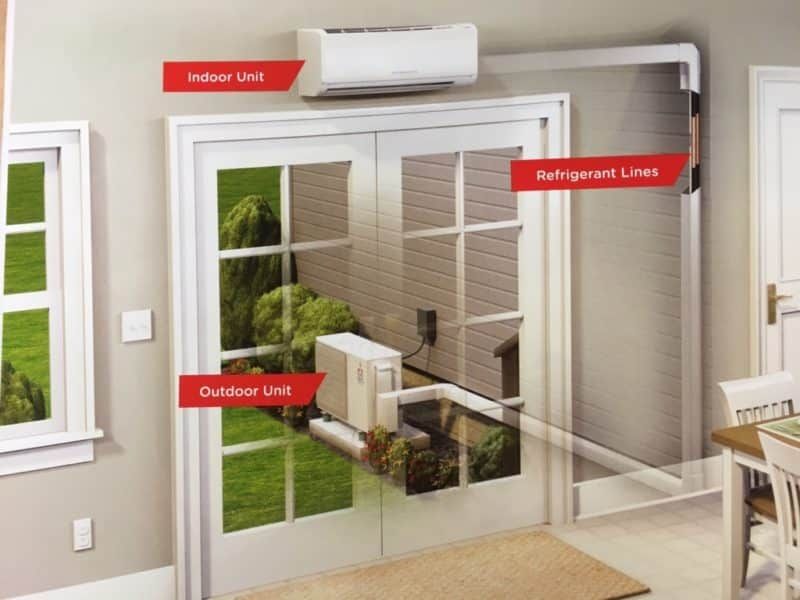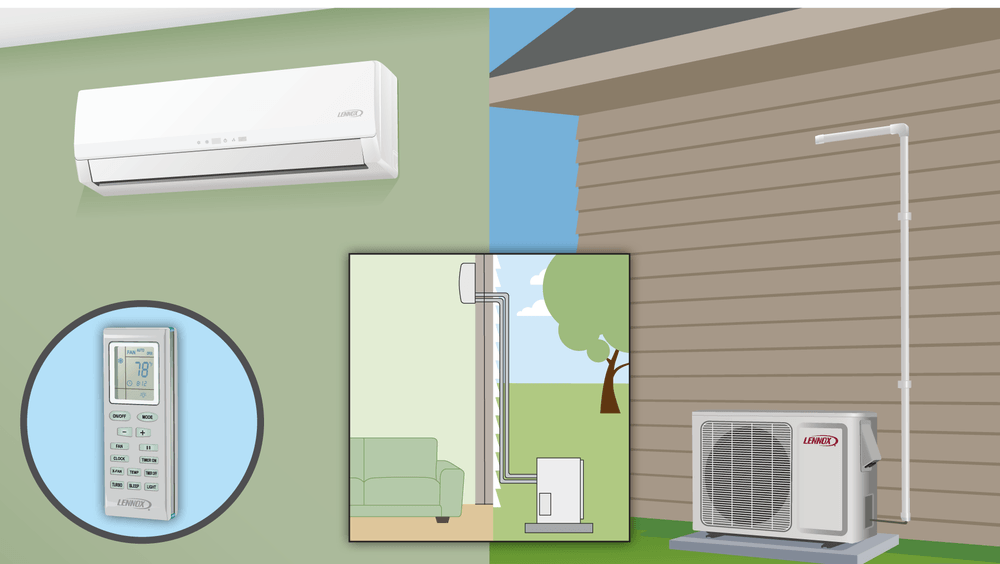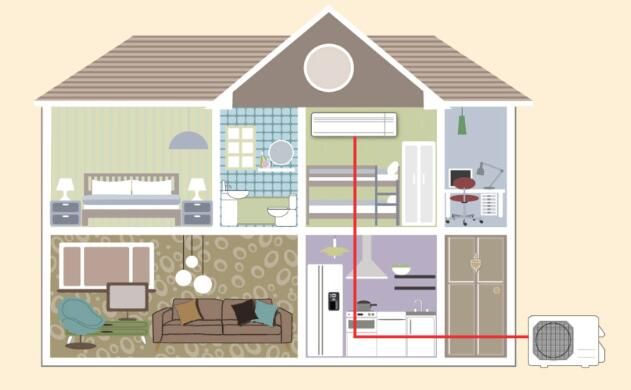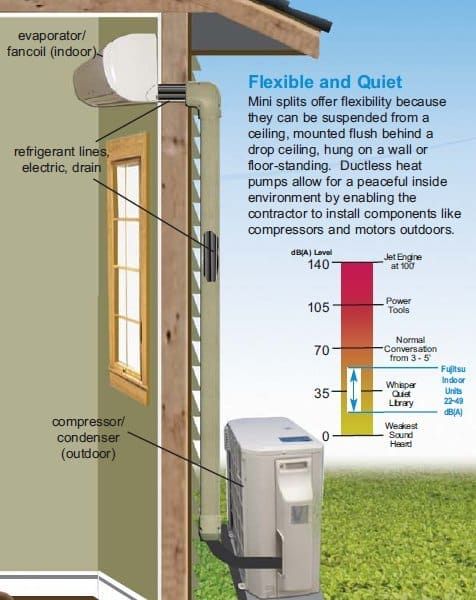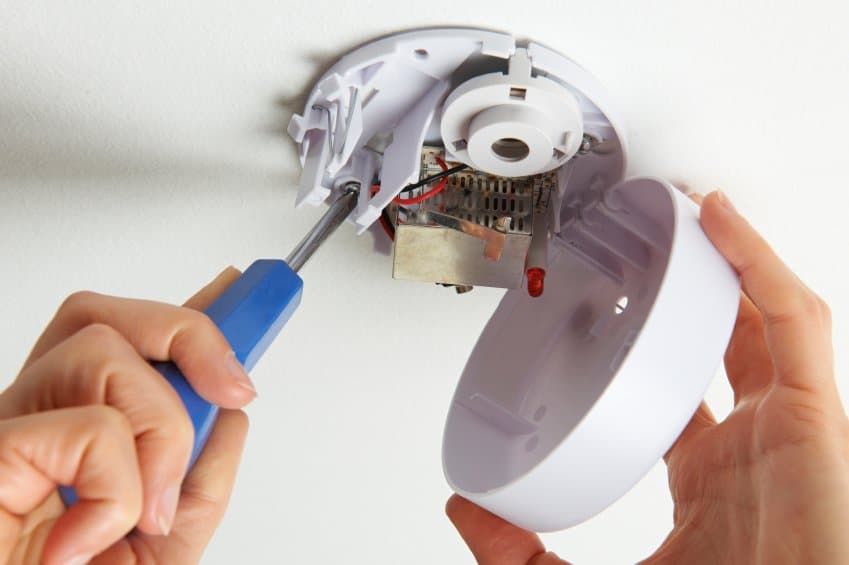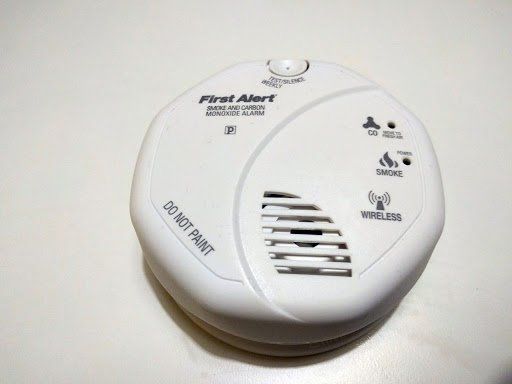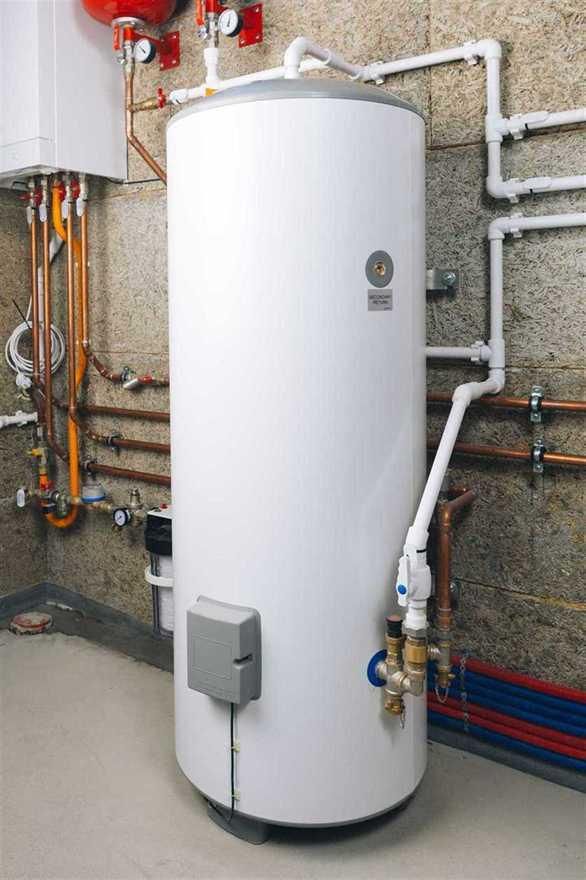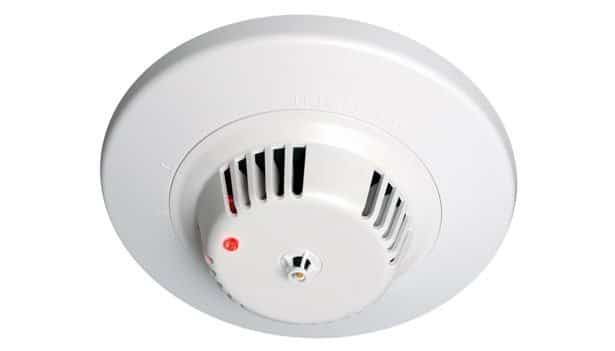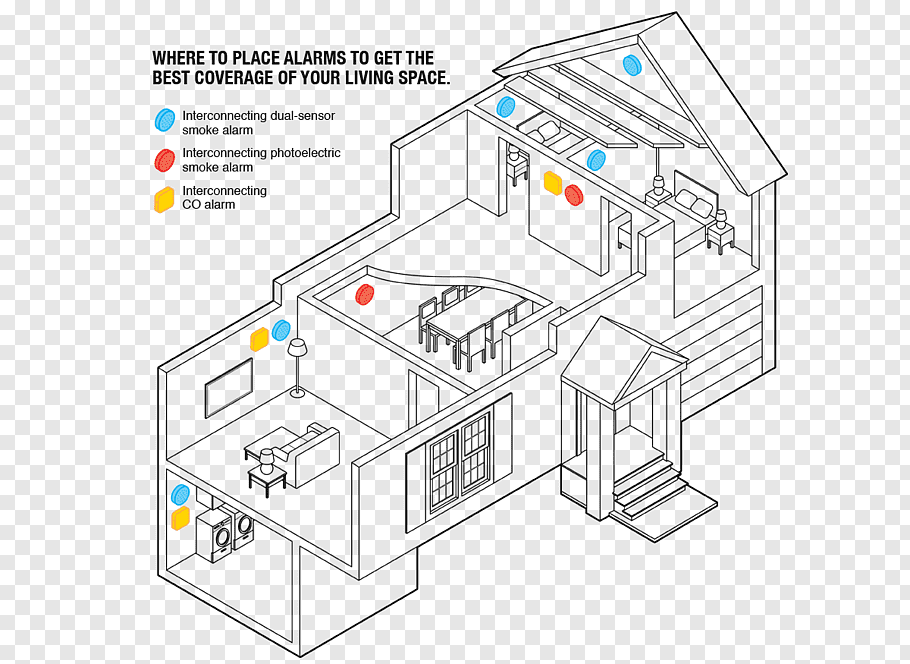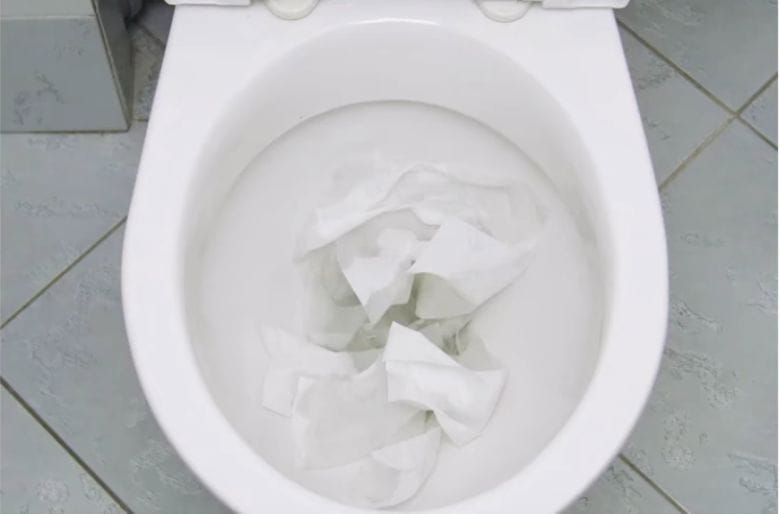Before You Buy a Quincy Ductless AC – Read This
Quincy ductless AC systems that are quick to retrofit provide unrivaled operating efficiency and comfort for room-by-room zoning. All air-conditioners utilize the same outdoor components to generate the cold refrigerant inside a home that cools the air. With a ductless AC system, the difference is where that air is cooled and how it is distributed.
Central-air systems carry refrigerant through a network of ducts to a large central air handler, which then blows cool air into the building. Ductless systems pump refrigerant to compact indoor units within individual rooms. Each split AC unit operates as a miniature air handler, which only delivers cold air into its zone when it is needed.
The Cool Difference
Since there are no ducts, there are no air leaks, heat losses, or pressure imbalances in such systems that can compromise the reliability and comfort of a central air setup. And installation is a snap. Fishing a tiny bundle of insulated refrigerant lines through a house is much easier and faster than retrofitting bulky HVAC ducts.
Measuring Quincy Ductless vs. Central-Air
By replacing window AC units with a ductless system, you are likely to save 30 percent of electricity. Coincidentally, thanks to leaky, poorly insulated ductwork, this is also about how much cooling is typically lost in central-air systems.
Quincy Ductless AC
What to Know About Quincy Ductless AC
- Maintenance: Each month the filter should be removed and cleaned on each indoor unit. Have a refrigerant pressure check technician once a year, and flush condensate lines.
- Noise: Driven by long-life DC motors, indoor units have whisper-quiet squirrel-cage fans. Decibel ratings are roughly the same as rustling leaves, at around 25.
- Cost: A single-zone system with one indoor unit, including installation, starts at around $3000. A four-zone system, installed, costs around $12,000
- Installation: To mount the indoor and outdoor units, you’ll need a pro and you’ll also need to connect the 2 1⁄2-inch bundle of refrigerant lines and electrical cables.
- Warranties: Coverage ranges from 5 to 12 years but this kind of mechanical equipment can be expected to last 15 to 20 years before it needs replacement.
- Rebates: A few utilities provide rebates for ductless AC system installation. There are plenty more incentives for heat-pump systems.
Size matters
Beware of installers that use a rule of thumb estimate to size a split AC unit. More often than not, the result is oversized equipment that is expensive to operate and can’t reduce humidity levels effectively. Instead, focus on a heat-load estimate called “Manual J.” This displays system size based on calculations and variables such as temperature, rate of insulation, and exposure to the sun.
Efficiency vs System Cost
All cooling systems have a rating of the Seasonal Energy Efficiency Ratio (SEER), which compares cooling capacity with the amount of electricity used during a typical cooling season.
The ratings on the systems today range from 13 to 33 SEER. The higher your rating, the more you’re going to pay for your device, and the lower your energy bills are coming in the summer.
Better Air Quality
All indoor split AC units include mesh filters that collect dust. But others, including Mitsubishi Electric’s, also sell enzyme-treated filters for breaking down allergens such as pet dander and dust mites, as well as ceramic filters embedded with platinum catalysts that neutralize odors.
Whole-House Cooling
Ductless systems were at first basic, single-room affairs mostly mounted as replacements for window air conditioners. But now certain outdoor units have grown so powerful that they can supply as many as nine separate indoor units with refrigerants. Surprisingly each device often functions independently in one of these “multi-split” systems. When it comes to custom zoning, it’s hard to top that option.
Heat Pumps: The All-Season Option
When you get a heat pump for the outdoor unit, ductless systems can produce hot and cold air both. Its key component is a reversing valve which switches the refrigerant flow direction to suit the season.
Install FAQs
- How long does it take? You can configure a device with a single wall-mounted unit in around 4 hours. Each supplementary unit adds another 2 hours. Ducted and ceiling units are more time-consuming.
The post Before You Buy a Quincy Ductless AC – Read This appeared first on Welcome to Trust1 Services.
